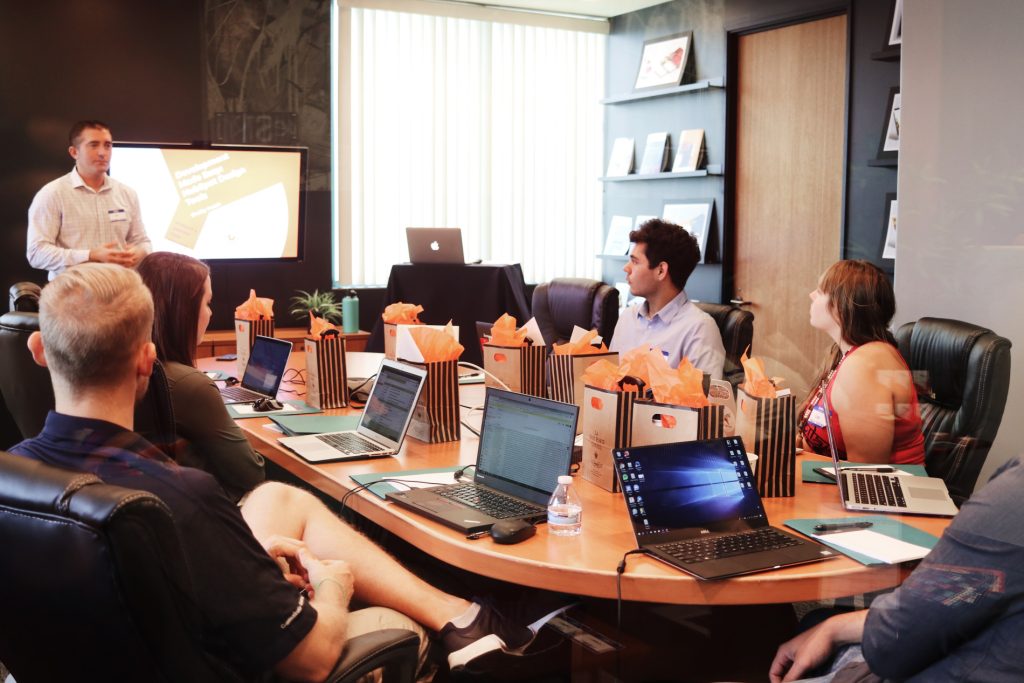“The single biggest problem in communication is the illusion that it has taken place.”
“The single biggest problem in communication is the illusion that it has taken place.”
This year has been hard across many industries in Australia. Teams are lean, budgets are tight, and the work hasn’t slowed. I’m seeing more leaders say publicly that it’s tough to lead right now, and in conversations on both sides a familiar thread keeps surfacing: we’re mistaking visible busyness for shared understanding. Calendars are full, people are logging on after hours, and yet the signals that actually move performance are faint. As we approach the end of the year – a period that’s renowned for higher resignations heading into Christmas – this matters. Clarity is not just a productivity lever; it’s a retention lever.
From the organisation’s side, the risk is assuming that transmission equals clarity. A policy is published, a message goes out, managers are briefed once – and we tick the box. But people don’t act on what we send; they act on what they believe it means for them. In a stretched year, certainty is a kindness. That looks like saying a little less and making it much clearer: why a decision was made, what is actually changing, what it means for different groups, and when it takes effect. It looks like equipping managers to carry the message in their own words and making it easy to ask questions without penalty. Most of all, it looks like checking whether understanding has landed before calling it done. When we do that, we reduce rework, calm the system, and give people a fair shot at meeting the standard within their day.
From the employee’s side, the trap is quieter but just as costly. Many people have told us that they’re working outside hours to keep up, hoping the effort will be noticed and the load will rebalance on its own. It rarely does. Managers are human. They can’t see the trade-offs you’re making or the task that blew up at 4 p.m. They can’t help if they don’t know. The gentle question is this: have you actually had the conversation, or are you assuming your manager knows what you’re thinking and what you’re carrying? Have you offered real solutions – two sensible paths and the one you recommend – or are you placing the whole problem at their feet? Accountability sits with both parties. If priorities need to shift, it’s give-and-take: something moves, something waits, something is simplified. That isn’t being difficult; it’s how good work survives.
This is not a call for grand gestures. It’s an invitation to a different rhythm. On the organisation side, translate decisions into plain language that survives first contact with a busy day, and verify what people have understood, not just what they’ve received. On the employee side, say the quiet thing early and calmly: here’s what I’m aiming for, here’s what’s in the way, here are practical options, here’s my recommendation. Agree, together, what “good enough for now” looks like when time is tight, and close important conversations with a short note so decisions don’t evaporate by late afternoon. None of this needs heat. It just needs to be clear enough to help the next decision happen sooner.
Why raise this now? Because the run-in to Christmas magnifies everything. Fatigue accumulates, personal commitments spike, and unfinished business follows people home. It’s also the window when many decide whether they’ll stay or go in the new year. The drivers behind those decisions are often simple: Do I know what’s expected of me? Can I do it in the hours I have? When I raise a constraint, does someone help me make a fair trade-off? When organisations design for understanding and employees replace inference with calm specifics, the answers to those questions improve – and resignation risk falls.
So, as the year closes, consider two conversations before you hit send on another late-night email or publish one more intranet post. For organisations, it’s a clarity conversation that asks, “What will people believe this means for them, and how will we know they’ve understood it?” For employees, it’s a capacity conversation that asks, “Have I said out loud what I’m carrying, and have I brought a workable solution as part of that?” If each side moves a little, the system moves a lot.
The illusion of communication is comforting because it lets us believe that effort equals alignment. It doesn’t. The most respectful thing we can do for each other is make understanding visible. That’s how performance holds, how evenings become evenings again, and how more people decide, in January, to stay.
ARE YOU CURRENTLY LOOKING TO HIRE?
ASR Recruitment is a boutique recruitment agency specialising in Technology & Digital, Marketing and Communications, Accounting & Finance, Construction, Human Resources, Engineering, Safety, Procurement, Transport & Logistics, Manufacturing, Legal & Risk, Administration & Customer Service.
Find out more by visiting our Clients page!
Looking for a new role? Search Jobs here.
From our blog
Read our articles below to see our latest insights.









